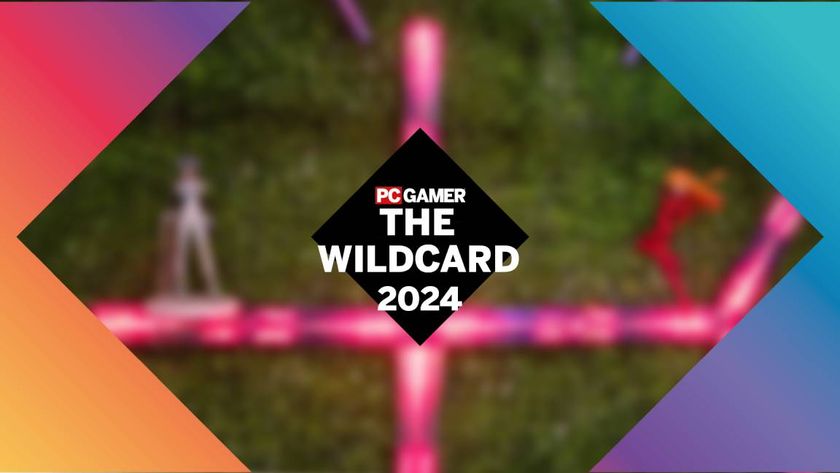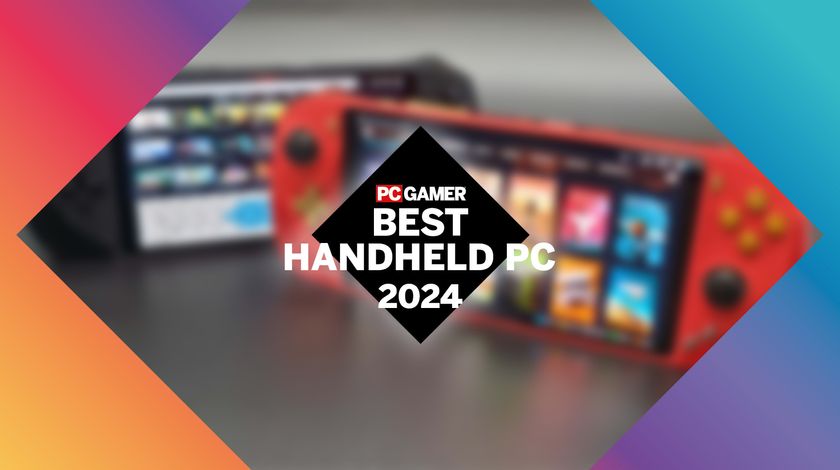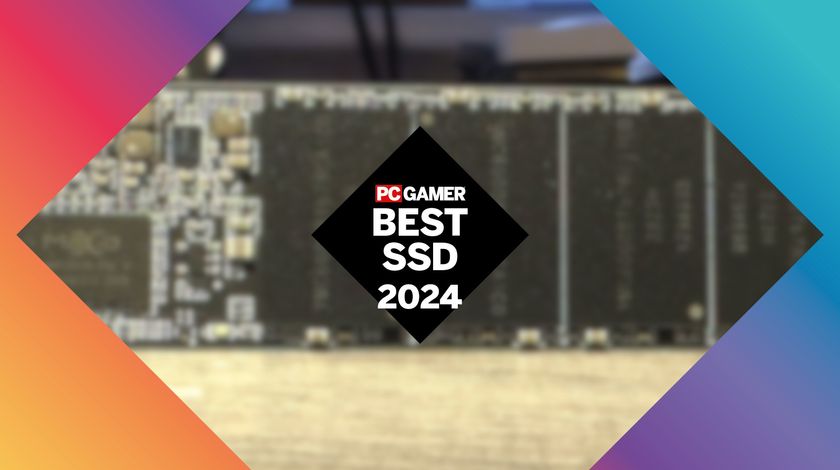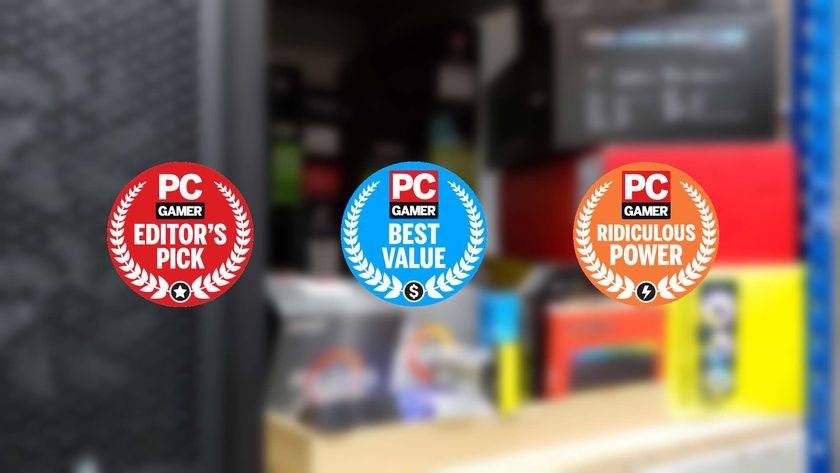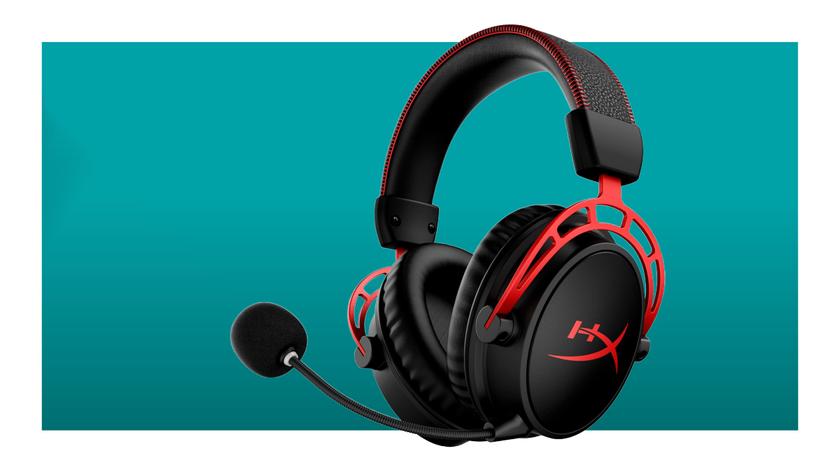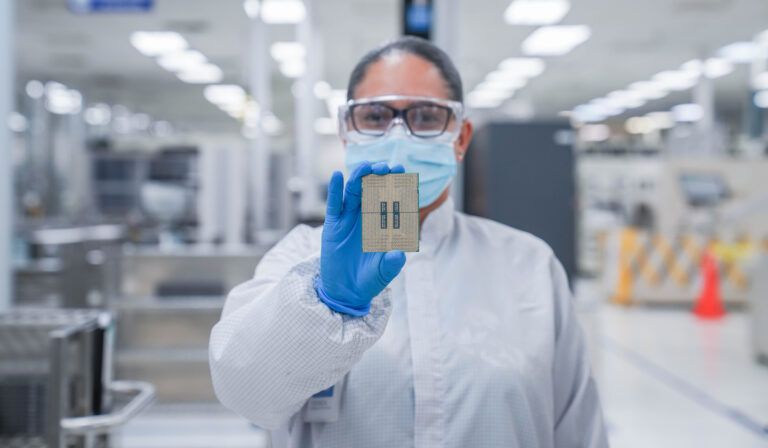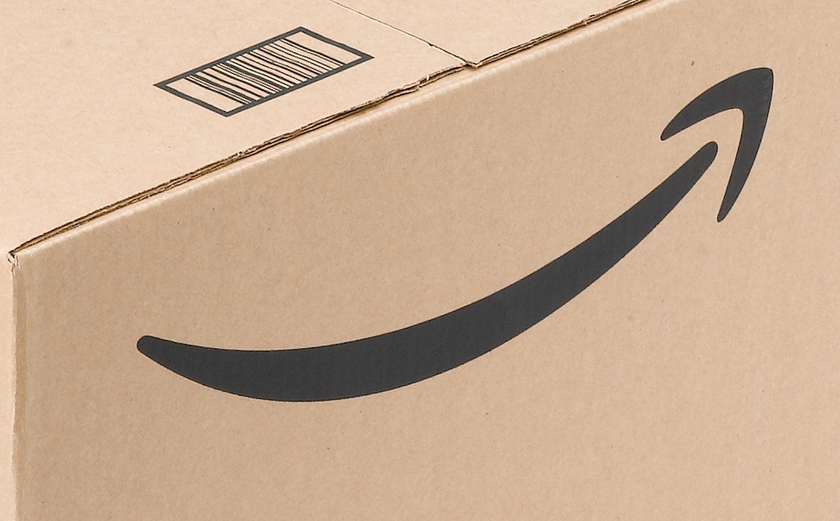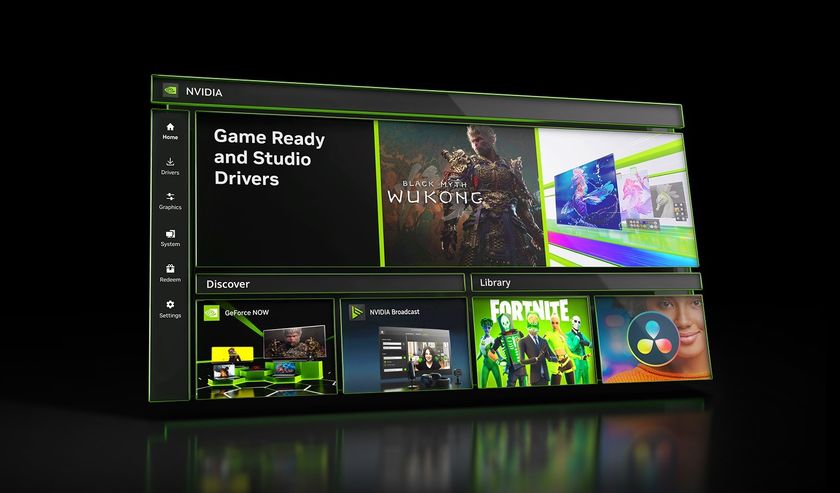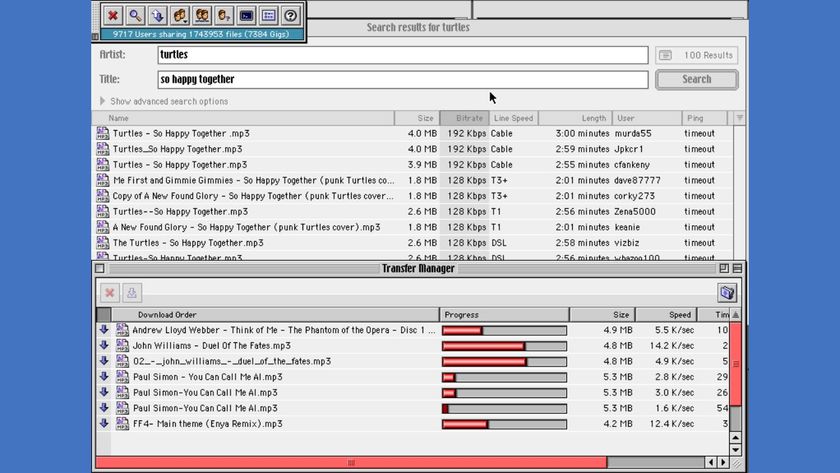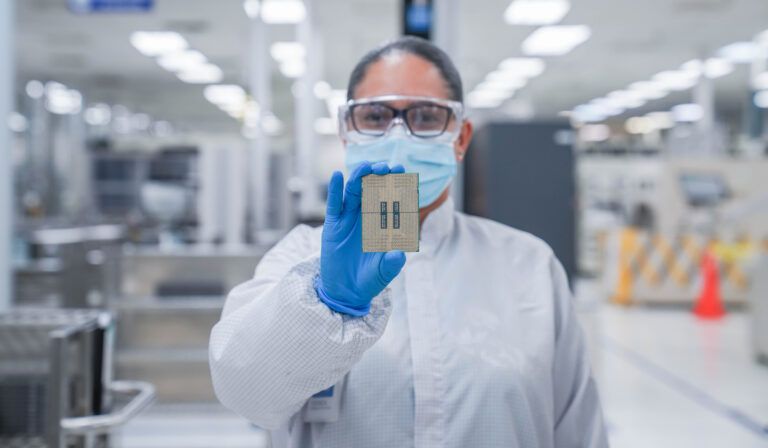An origami USB connector and a games console that'll fit in your wallet—two entries in a contest to make business cards exciting
Hackaday's business card contest has seen some awesome entries in 2024.
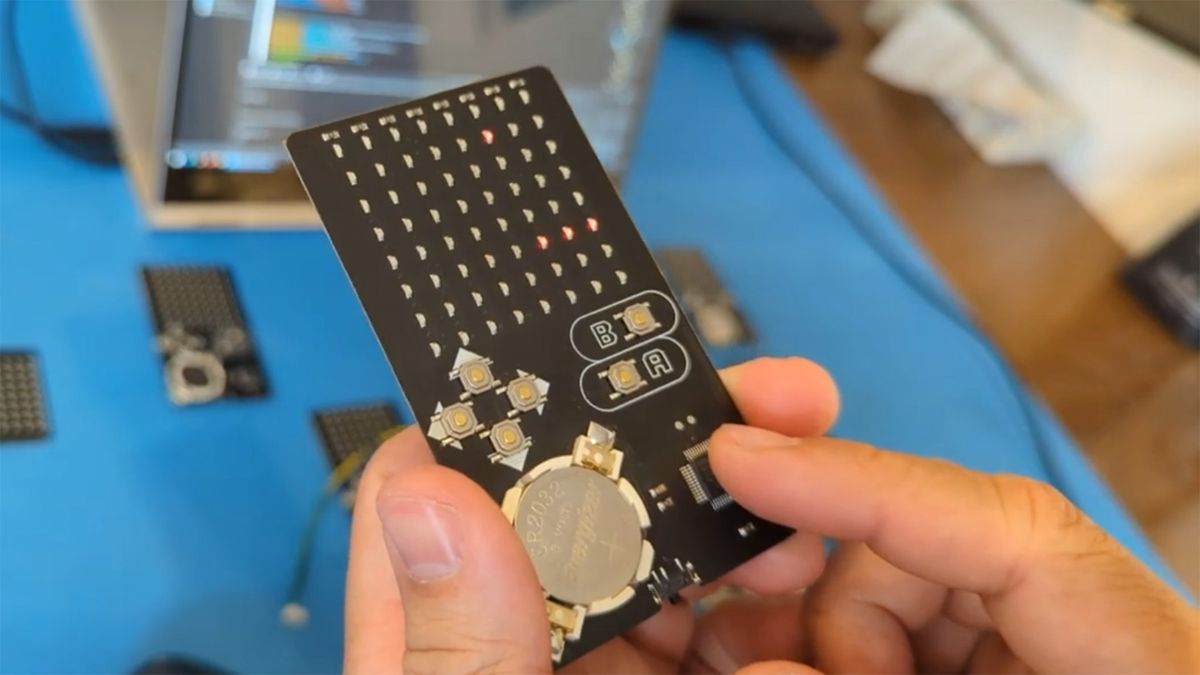
Business cards are a dying art—in the West, anyways. Most of us may never come to appreciate a finely crafted card capable of making a slick-haired serial killer wince with jealousy. But this business card competition over at Hackaday hopes to change that. Or, at the very least, get creative with what constitutes a 'card'.
There are some guidelines for business cards entering into the contest: the card has to be roughly 3.5 x 2-inches and should "fit easily in a pocket". Beyond these few basic guidelines, the rules are open to interpretation. Though there are a few categories to strive for, including for the thinnest cards, utilitarian cards, and best-looking cards.
The contest runs until July 2 but we've already various excellent entrants to gawk at.
One project, crafted by LambertTheMaker, ditches the usual information you'd expect to find on a business card, such as a phone number, email address, or any discernible company detail, for a basic 8x8 LED matrix screen, on which to play Snake. The business card, nee black PCB, also contains directional and A/B buttons to control it.
So, a games console, then? That's my kinda card.
There's one more like it, too. This card from Edison Science Corner is a mini tic-tac-toe console.
Another is a couple sheets of paper—seriously—and between which creator Lincoln Uehara has stuffed a circuit. With the correct cuts and folds, it's possible to fold the pieces of paper into a usable USB Type-A connector. In theory, it's then possible to use this to create some sort of usable flash drive, though as far as I can tell, the WIP project lights an LED.
The biggest gaming news, reviews and hardware deals
Keep up to date with the most important stories and the best deals, as picked by the PC Gamer team.
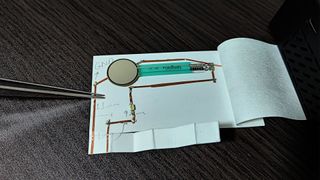
This card from Martynas is handy in emergency situations. Well, sort of. It's a circuit able to generate an SOS signal in morse code.
Adam Billingsley's entry is a card capable of delivering a text-based payload to your PC when connected via USB, sharing your key information (and ideally not something nefarious), and which also sets off an awesome rainbow animation. One of the best bits about this entry, however, it reportedly only costs $4 to make.
Vying for the 'most expensive' category, if there is such a thing, is probably this one from Dimitar with an e-ink display embedded in the front of it. That means it also requires a fairly large lithium battery.
My absolute favourite design, however, is chaosneon's "persistence of vision" card, which you have to shake to reveal the text displayed on its handful of LEDs. This project, like some of the others, has been in the works for a good few years now—business card design is surprisingly popular on Hackaday.
The best bit about most of the designs—they're open for others to copy and develop themselves.
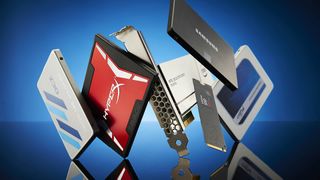
Best SSD for gaming: The best speedy storage today.
Best NVMe SSD: Compact M.2 drives.
Best external hard drives: Huge capacities for less.
Best external SSDs: Plug-in storage upgrades.
The practicality of any of these cards is, uh, dubious at best. I struggled to get my company to pay for a couple hundred cardboard business cards for a trip to Taipei—what will it think when I submit my invoice for 200 tiny games consoles?
Hey, some of the designs are cheaper than you'd expect, at least. This one from Dima I'd actually like for myself—it's a handy card for its included measurements on the exterior and it includes an NFC chip to put all your details or a link to your portfolio on, which is easily accessed by the scan of a mobile phone. At around $36 for 100 units, that's actually do-able!

Jacob earned his first byline writing for his own tech blog. From there, he graduated to professionally breaking things as hardware writer at PCGamesN, and would go on to run the team as hardware editor. He joined PC Gamer's top staff as senior hardware editor before becoming managing editor of the hardware team, and you'll now find him reporting on the latest developments in the technology and gaming industries and testing the newest PC components.
